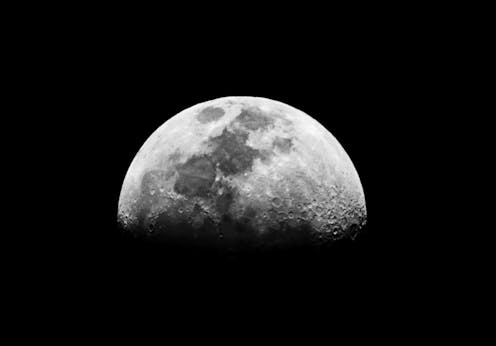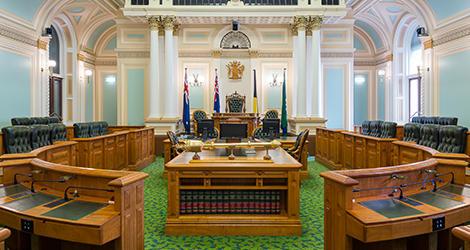- Allocation limits in the Murray groundwater area have been reviewed and reduced in response to declining rainfall
- The revised allocation limits will enable existing water use to continue over the next 10 years
- The allocation limit review considered improved understanding of the Murray groundwater resources from the Peel Integrated Water Initiative
Murray groundwater area allocation limits have been reduced in response to declining rainfall due to climate change.
The Murray groundwater area is located approximately 50 kilometres south of Perth and covers 1,050 km2. Groundwater use supports local irrigated agriculture and horticulture, public open space and recreation in Mandurah, Ravenswood, Pinjarra and Waroona, and garden bores across urban areas and where scheme water is not connected.
The Murray groundwater area sustains valuable waterways, wetlands, and areas of bushland and Banksia woodlands. These groundwater‑dependent ecosystems are important to the communities in the Peel region and the continuing culture of the Bindjareb Noongar people.
Climate change has caused a significant reduction in rainfall in the Murray groundwater area. Average annual rainfall has declined by about 23 per cent since 1975 – from 1,036 mm/year (1945-1974) to 800 mm/year (1975-2020). As a result, rainfall recharge to the groundwater system is now much less than it was. Future climate projections for the area show average annual rainfall could fall to 740 mm/year by 2030.
The Murray groundwater area allocation statement is part of the WA Government’s Kep Katitjin-Gabi Kaadadjan (Waterwise Perth action plan 2) to establish leading waterwise communities for Boorloo (Perth) and Bindjareb (Peel) by 2030.
As stated by Water Minister Simone McGurk:
“Adjustments to water availability based on up-to-date climate projections is essential to ensure we stay ahead of our changing climate and to protect our precious groundwater resources.
“The reduced allocation limits will help ensure sustainable groundwater use as our climate continues to become drier and hotter.
“Though these changes will not impact existing groundwater licensees, the new Murray groundwater allocation statement strongly signals the need to meet future water demand through greater water use efficiency, trading, and in some cases alternative water sources.”







